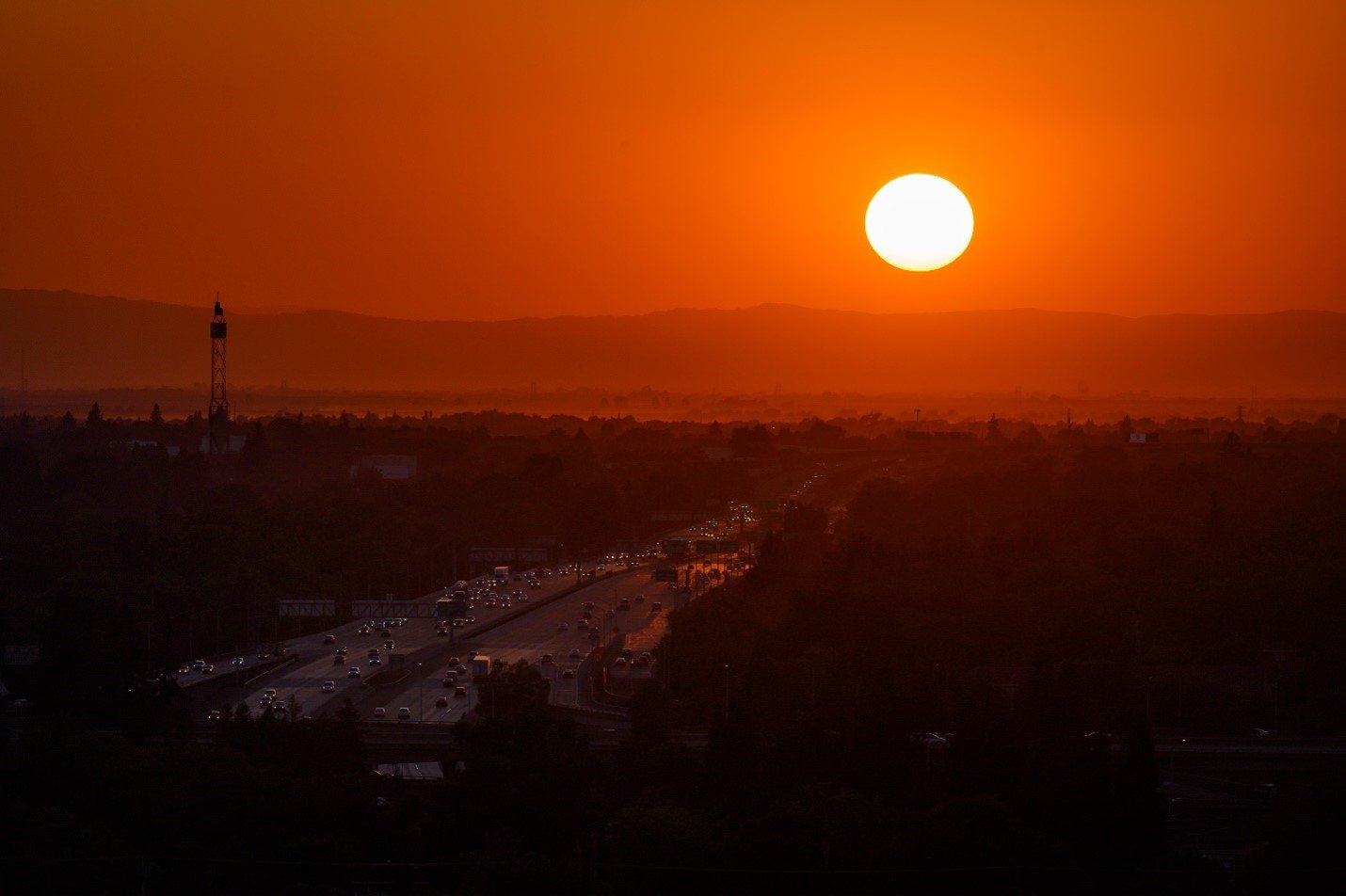
Extreme heat
Extreme heat events have become more frequent in California since 1950, especially at night.
Heat causes the most weather-related deaths in the United States. “Extreme heat events” are days or nights that are unusually hot compared to average historical conditions (using a baseline period from 1960 to 1990) for a given location. For more information, download the Extreme heat chapter.
What does the indicator show?
Number of extreme heat events: days (1950-2023)
For this indicator, a daytime extreme heat event occurs between April and October when the temperature is above the highest 5 percent of historical daily high temperatures. A nighttime heat event occurs when the temperature is above the highest 5 percent of historical daily low temperatures. “Heat maps” show the number of extreme heat events each year since 1950 during the day (top) and at night (bottom) at 14 locations across California.
Number of extreme heat events: nights (1950-2023)
The 14 locations studied are shown in the map below.
Outlines show the eleven climate regions in California (see report chapter for more information).
Source: WRCC
-
Extreme heat events are becoming more frequent throughout California, especially at night.
Why is this indicator important?
-
Periods of extreme heat have significant public health, ecological and economic impacts.
-
Long periods of high temperatures are particularly dangerous when nights remain warm and especially when they are humid: warm nights do not allow the body to recover after a hot day, and humidity prevents sweat from evaporating to cool down the body.
-
Extreme heat affects agriculture, water, power, and transportation systems.
What factors influence this indicator?
-
The increased frequency and intensity of extreme heat events are attributable to greenhouse gas emissions and land use change.
- Differences across regions are influenced by the same factors that affect temperature.
The sun sets on a hot summer day in Sacramento (August 2019).
Credit: Joe Proudman, UC Davis (used with permission)
Additional resources
- Cal-Adapt, Extreme Heat Days and Warm Nights
- National Oceanic and Atmospheric Administration, State Climate Summaries, 2022: California
- National Oceanic Atmospheric Administration, Storm Events Database
